Myeongdong Jjukkumi (명동쭈꾸미)
7.6Km 2025-07-23
3-28, Toegye-ro 6-gil, Jung-gu, Seoul
Bokidang (복이당)
7.6Km 2025-09-16
3-28, Toegye-ro 6-gil, Jung-gu, Seoul
PANE PASTA - Jongno Branch (빠네파스타 종로)
7.7Km 2021-03-19
11, Jahamun-ro, 7-gil, Jongno-gu, Seoul
+82-2-777-6556
A specialty restaurant serving pizza and pasta dishes baked in an authentic Italian wood-fired oven. The representative menu is margherita pizza. This Western cuisine is located near Gyeongbokgung (Government Complex-Seoul) Station, Seoul.
STAY dayoff [Korea Quality] / 스테이 데이 오프 [한국관광 품질인증/Korea Quality]
7.7Km 2021-03-29
6, Jahamun-ro 1da-gil, Jongno-gu, Seoul
This hanok (traditional Korean house) is located behind Seochon Food Street, located near Gyeongbokgung Station on Seoul Subway Line 3. It is located only 5 min away by foot from the station. Opening the door brings one to a small garden, furnished with stones and moss on a corner, and the interior also speaks to the unique combination of a modern hanok with contemporary sensibilities. The building is divided into the main building and annex building, with the former having two queen bedrooms connected by a living room and kitchen as well as two bathrooms.
The annex building is the hidden jewel of STAY dayoff, which houses a bathtub and a sauna facility behind a beautiful window wall. When the windows are opened, it is like being in an open-air bath overlooking the garden and the hanok. The standard occupancy of the house is 4, with a 10% discount available for guests staying for more than 2 nights on weekdays, and towel replacement and cleaning services are offered for guests staying for more than 4 nights.
Palacio Deoksugung (덕수궁)
7.7Km 2025-04-07
Sejong-daero 99, Jung-gu, Seúl
Situado en la esquina de la intersección de calles más atestadas del microcentro de Seúl, el palacio Deoksugung es, entre otras cosas, famoso por su elegante sendero junto a un muro de piedra. Por ser el único palacio que se erige junto a construcciones modernas, añade singularidad al paisaje.
El palacio Deoksugung perteneció originalmente al príncipe Wolsandaegun (1454-1488), el hermano mayor del rey Seongjong (1469-1494) de la dinastía Joseon. El lugar fue ascendido a la categoría de palacio propiamente dicho cuando Gwanghaegun (1575-1641) ascendió al trono y le dio a la construcción el nombre de palacio Gyeongungung en 1611. Con posterioridad, el nombre cambió a Deoksugung.
Entrando al palacio a través de la puerta Daehanmun aparece el estanque Geumcheon con el puente Geumcheongyo, de suficiente ancho como para que pasara el carruaje del monarca. El pabellón Jeukjodang fue denominado así por Gwanghaegun e Injo, ambos monarcas que fueron coronados en este lugar. El letrero frontal de Jeukjodang fue escrito por el emperador Gojong en 1905 después de que ascendiera al trono. Hamnyeongjeon fue el sitio en que Gojong dormía y Hamnyeong fue denominado de esa manera para desear que Gojong tuviera paz eterna. El Ala Este servía como la habitación del monarca y el Ala Oeste, de la Reina. Jeonggwanheon fue el primer edificio de estilo occidental construido dentro del palacio, en 1900. Gojong disfrutaba beber café y pasar su tiempo de ocio aquí. En la parte trasera del edificio había, y hay aún hoy en día, pasajes secretos a la Residencia Oficial del Emisario Ruso. Seokjojeon es el otro edificio de arquitectura occidental que permanece todavía hasta el presente dentro del palacio, que estaba siendo construido por un inglés para su compañía en 1905, pero después pasó a manos del gobierno japonés que lo acabó de edificar en 1910.
Después del fallecimiento de Gojong, Seokjojeon se convirtió en una galería de arte japonés y abrió sus puertas al público, y después de la Liberación, la Comisión Conjunta de EE.UU. y Rusia tuvo lugar aquí en mayo de 1946. El Ala Este de la edificación Seokjogwan sirve ahora como sede de Exhibición de los Tesoros del Palacio, y el Ala Oeste se usa como parte integrante del Museo Nacional de Arte Contemporáneo.
Puerta Daehanmun del Palacio Deoksugung (덕수궁 대한문)
7.7Km 2024-12-04
Sejong-daero 99, Jung-gu, Seúl
Tradicionalmente, la entrada principal al palacio Deoksugung, en Seúl, era la puerta Inhwamun. Con la construcción del pabellón más importante del palacio, llamado Junghwajeon, en 1902, también se levantaron dos puertas nuevas: Junghwamun y Jowonmun. Luego se levantó la puerta Daehanmun, al este de Jowonmun, para que funcionara como entrada principal, pero se la movió de sitio en 1904 para permitir la expansión de la avenida.
Bada Sikdang (바다식당)
7.7Km 2021-05-25
18, Itaewon-ro, 49-gil, Yongsan-gu, Seoul
+82-2-795-1317
This is a restaurant that sells thick beef bone broth-based Budaejjigae (spicy sausage stew). This Korean dishes restaurant is located in Yongsan-gu, Seoul. The most famous menu is sausage stew.
Podo Sikdang (포도식당)
7.7Km 2021-03-18
13, Nonhyeon-ro167-gil, Gangnam-gu, Seoul
+82-2-514-9252
A Korean BBQ restaurant. The most famous menu is assorted grilled meat. A barbecue specialty restaurant located in Apgujeong-dong, Seoul.
Pista de Patinaje sobre Hielo del Grand Hyatt Seoul (그랜드하얏트 서울 아이스링크)
7.7Km 2021-03-23
Sowol-ro 322, Yongsan-gu, Seúl
La hermosa pista de patinaje sobre hielo del Hotel Grand Hyatt ha aparecido en varios anuncios y dramas televisivos coreanos. Es particularmente popular entre las parejas, ya que las maravillosas luces de la pista, la vista nocturna de la ciudad y la música suave la hacen muy romántica.
Jardín de Mariposas del Monte Buramsan (불암산나비정원)
7.7Km 2024-07-22
Hangeulbiseok-ro 12-gil 51-27, Nowon-gu, Seúl
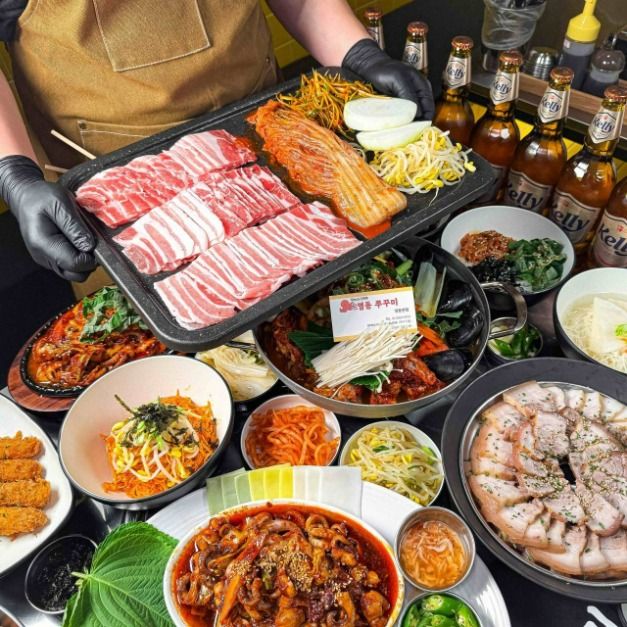
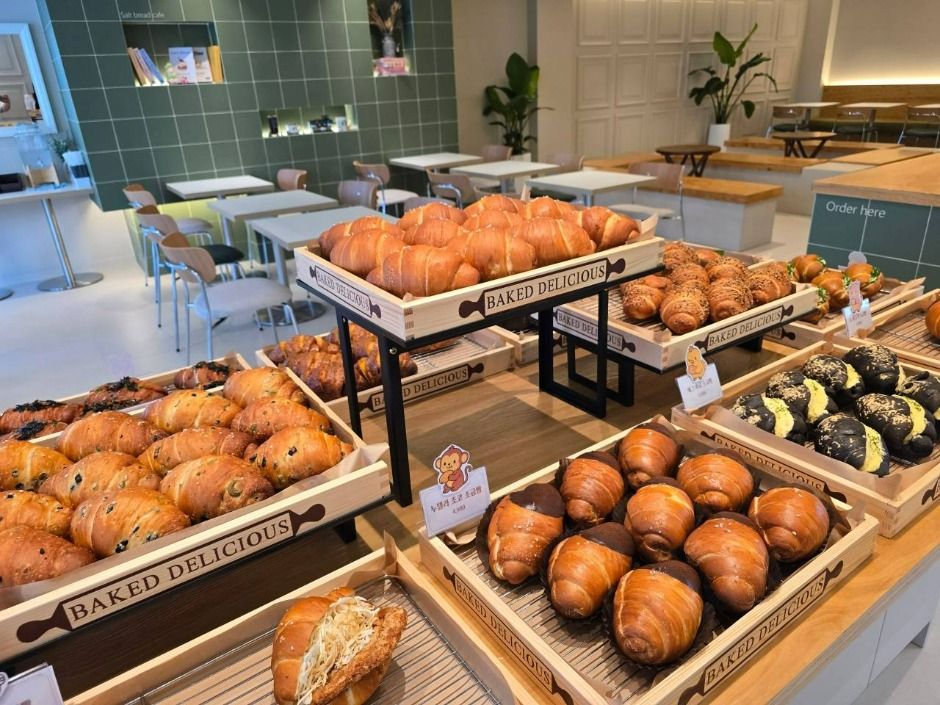
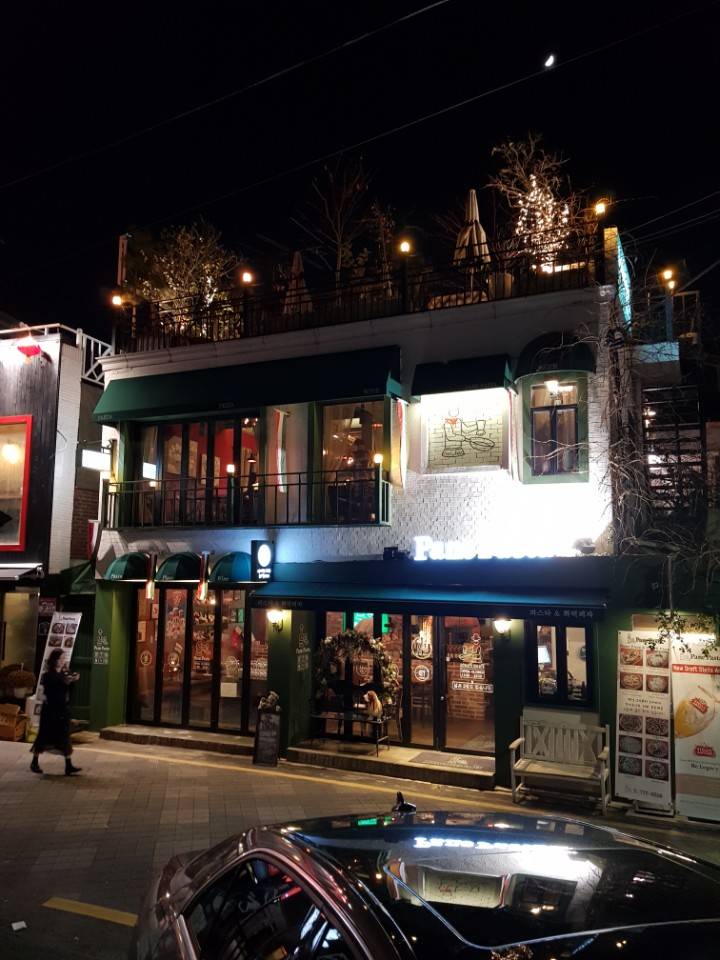
![STAY dayoff [Korea Quality] / 스테이 데이 오프 [한국관광 품질인증/Korea Quality]](http://tong.visitkorea.or.kr/cms/resource/96/2707596_image2_1.jpg)
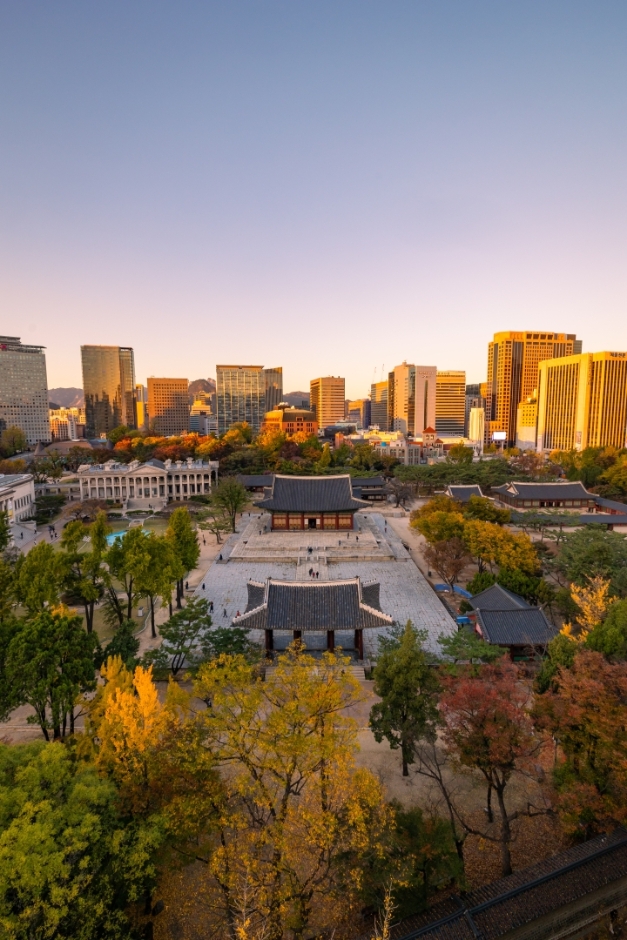

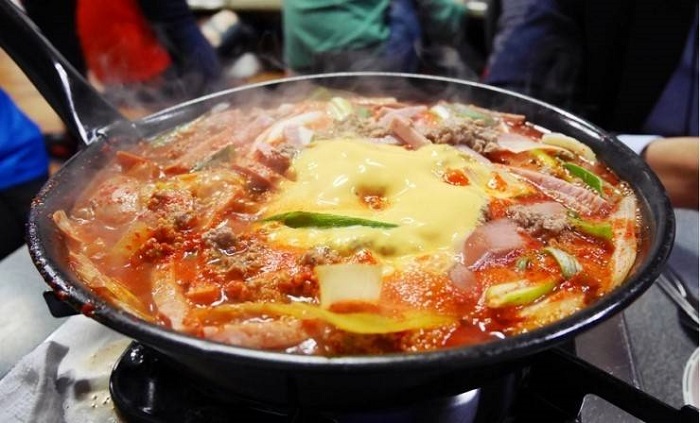
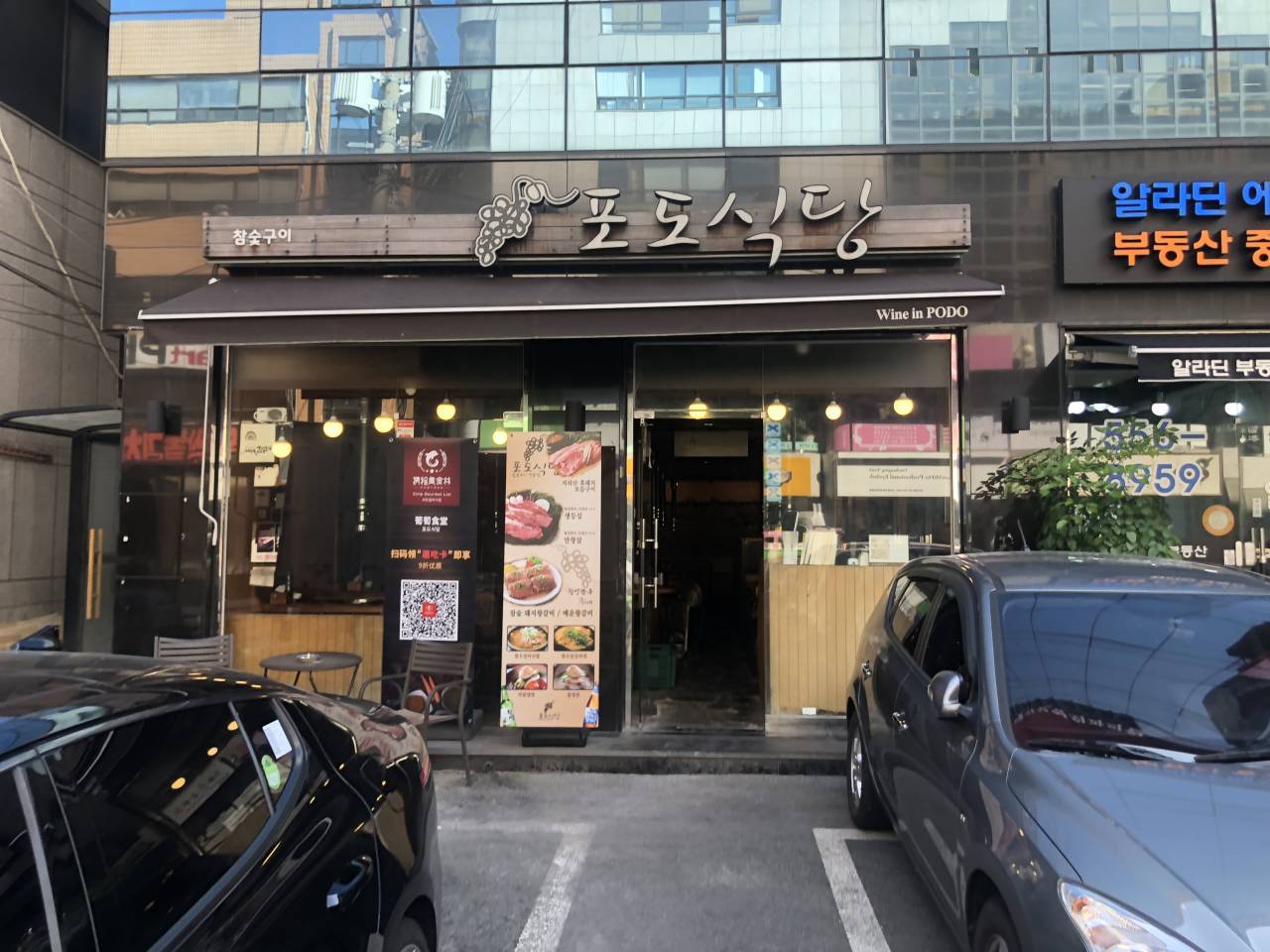
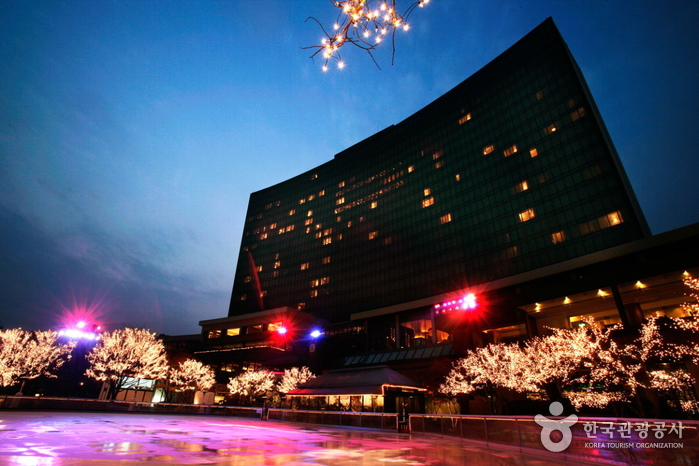
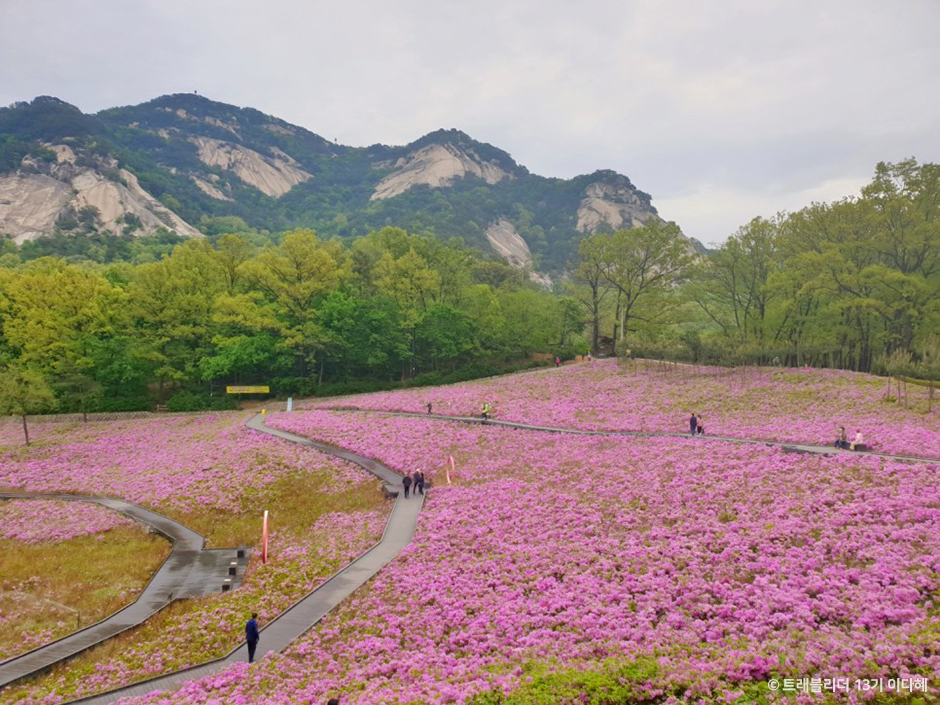
 Español
Español
 한국어
한국어 English
English 日本語
日本語 中文(简体)
中文(简体) Deutsch
Deutsch Français
Français Русский
Русский